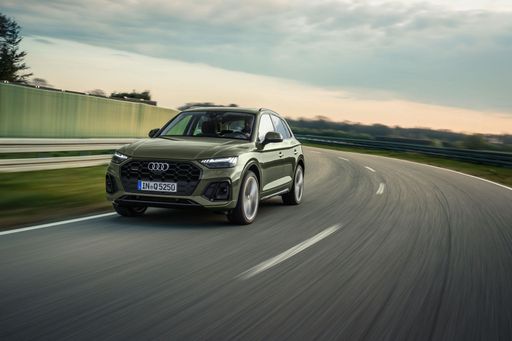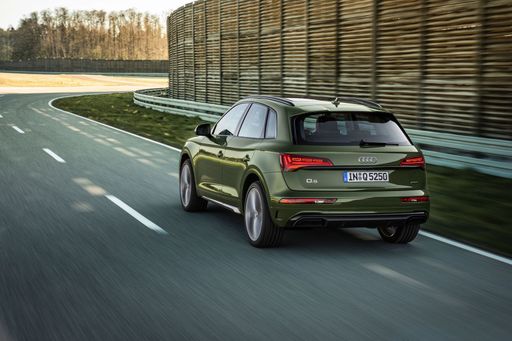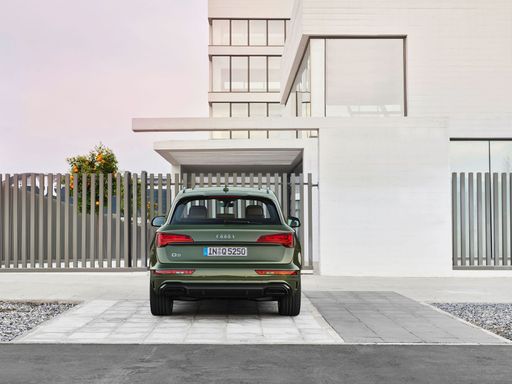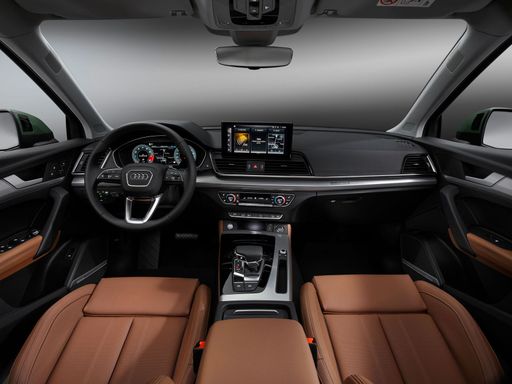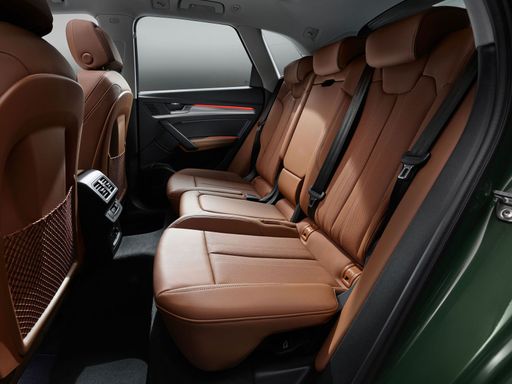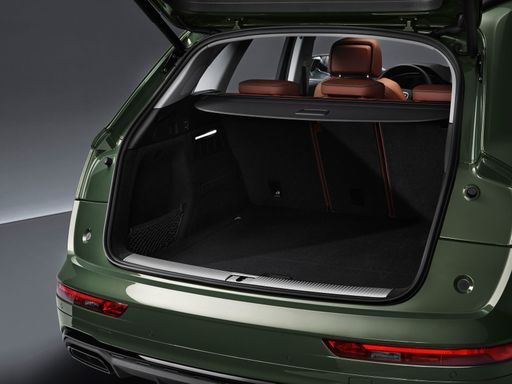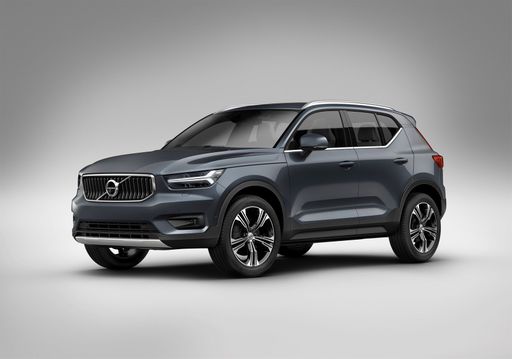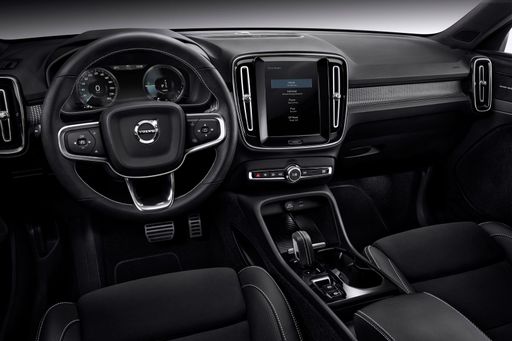Comparing Luxury Compact SUVs: Audi Q5 vs Volvo XC40
In the competitive landscape of luxury compact SUVs, the Audi Q5 and Volvo XC40 stand out as two premium choices. Both vehicles offer a unique blend of performance, technology, and comfort, appealing to discerning drivers. This comparison will delve into technical specifications and innovations that set these two SUVs apart, helping potential buyers make an informed decision.

